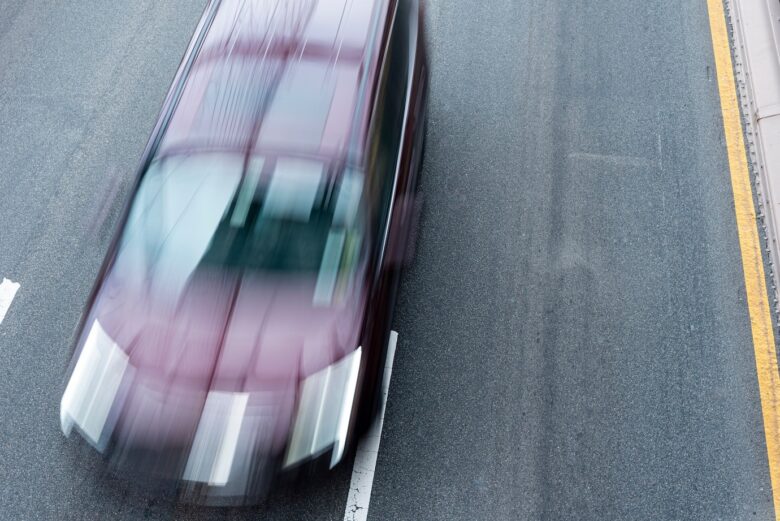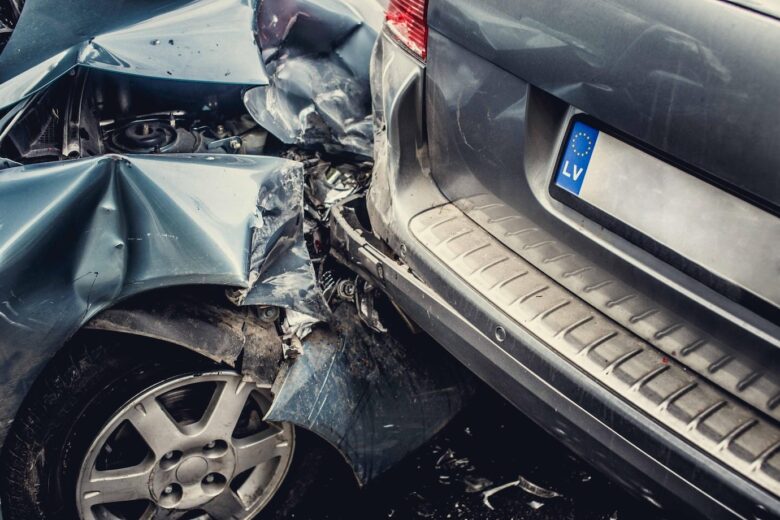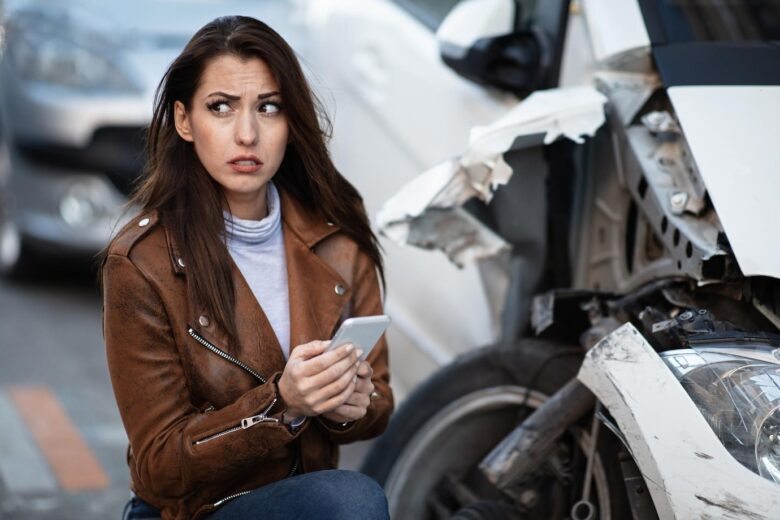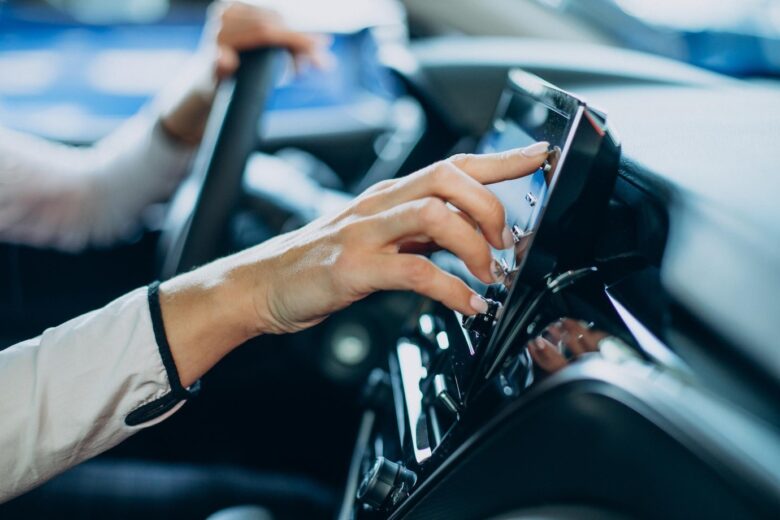Self-driving cars are revolutionizing the automotive industry, promising increased safety and efficiency on the roads. As these autonomous vehicles become more common, understanding who is liable in the event of an accident involving a self-driving car is crucial. This issue is complex and evolving, requiring careful consideration of various factors and scenarios.
Determining liability in self-driving car accidents involves navigating a web of responsibilities that may include human drivers, vehicle manufacturers, and software developers. For more specific advice, consider consulting a Pasadena car accident lawyer. This article delves into the different aspects of liability, providing clarity on who may be held accountable when an autonomous vehicle is involved in a crash.
Contents
Understanding Self-Driving Car Technology
Self-driving cars, also known as autonomous vehicles, are equipped with technology that allows them to navigate and operate without human intervention. The Society of Automotive Engineers (SAE) defines six levels of driving automation, from Level 0, which requires full human control, to Level 5, where the vehicle is fully autonomous and capable of operating in any condition without human input.
Currently, most self-driving cars on the road are at Level 2 or 3. Level 2 vehicles can control both steering and acceleration but require the driver to remain engaged and ready to take over. Level 3 vehicles can manage all driving tasks under certain conditions but still require the driver to be alert and prepared to intervene.
Advancements in technology have made these cars increasingly sophisticated, integrating features like adaptive cruise control, lane-keeping assistance, and automated parking. However, despite these advancements, fully autonomous vehicles (Level 4 and 5) are not yet commonplace. The progression to higher levels of automation continues to face challenges, including technological limitations, regulatory hurdles, and the need for extensive real-world testing.
Can Self-Driving Cars Avoid Accidents?

Source: freepik.com
One of the primary promises of self-driving cars is their potential to significantly reduce traffic accidents. Autonomous vehicles are designed with advanced safety features intended to prevent crashes by eliminating human errors such as distracted driving, fatigue, and impaired judgment. Proponents argue that these vehicles, equipped with sensors, cameras, and artificial intelligence, can react faster and more accurately than human drivers in many situations.
However, the reality is more nuanced. While self-driving cars have demonstrated an ability to reduce certain types of accidents, they are not infallible. There have been notable incidents where autonomous vehicles have failed to detect obstacles or misinterpreted their surroundings, leading to collisions. For example, a self-driving Uber vehicle struck and killed a pedestrian in Arizona in 2018, highlighting the technology’s limitations.
Moreover, data on self-driving car safety remains limited. Although companies like Tesla and Waymo report that their vehicles are safer than human drivers, independent studies and comprehensive crash data are still emerging. Critics argue that overreliance on automated systems can lead to complacency, where drivers may not be prepared to take control when needed.
In conclusion, while self-driving cars hold great promise for enhancing road safety, their ability to completely avoid accidents is still under scrutiny. The technology is continually improving, but current limitations mean that human oversight remains crucial to ensuring safe operation.
Who’s Liable in a Self-Driving Car Accident?
Determining liability in self-driving car accidents is a complex process, as the responsibility may shift from the driver to other parties involved in the vehicle’s operation and maintenance. Traditional car accidents typically place liability on the driver, who is expected to adhere to traffic laws and operate the vehicle safely. However, with autonomous vehicles, the landscape of liability broadens significantly.
In cases involving self-driving cars, liability may extend to multiple parties:
- Human Drivers: If a human driver is behind the wheel and expected to take control of the vehicle under certain conditions (as in Level 2 or 3 automation), they may still be held liable for accidents. If the driver fails to intervene when necessary, they could be deemed negligent.
- Vehicle Owners: The owner of the autonomous vehicle can be held liable, especially if they fail to maintain the vehicle properly. Regular updates and maintenance are critical to ensuring the vehicle operates safely.
- Manufacturers: When a self-driving car’s system fails due to a defect in design or manufacturing, the manufacturer can be held liable. This includes any hardware or software issues that contribute to the accident.
- Software Developers: Since self-driving cars rely heavily on software, any faults in the programming or sensor systems can place liability on the developers. If the software fails to interpret the environment correctly, leading to a collision, the developers could be responsible.
- Maintenance Providers: Companies or individuals responsible for the upkeep and servicing of autonomous vehicles also bear some liability. If poor maintenance leads to system failures or accidents, they could be held accountable.
With the advent of self-driving technology, the question of liability becomes a multi-faceted issue. It requires careful investigation to determine which party, or combination of parties, failed to uphold their responsibilities, resulting in an accident.
Liability Scenarios in Self-Driving Car Accidents

Source: freepik.com
Accidents involving self-driving cars can present a variety of liability scenarios, each with unique considerations based on the level of vehicle automation and the circumstances of the crash. Understanding these scenarios helps clarify who might be held responsible in different contexts.
Accidents Involving Level 0-2 Vehicles
For vehicles with low levels of automation, the driver remains primarily responsible. These cars include features like adaptive cruise control and lane-keeping assistance, but the driver must remain engaged and ready to take over at any moment. If an accident occurs, it’s likely the driver will be held liable, as they are expected to maintain control and ensure safe operation.
Accidents Involving Level 3 Vehicles
Level 3 vehicles can handle most driving tasks but require the driver to take control if the system encounters a situation it cannot manage. If a Level 3 vehicle is involved in an accident, liability may depend on whether the driver was adequately monitoring the vehicle and responded appropriately to the system’s prompts. Failure to intervene could make the driver liable, while a system failure might implicate the manufacturer.
Accidents Involving Level 4-5 Vehicles

Source: freepik.com
Higher-level autonomous vehicles, which can operate without human intervention under specific conditions (Level 4) or in all conditions (Level 5), shift more liability to the manufacturers and software developers. In these scenarios, if the vehicle’s systems fail to perform safely, the companies responsible for the vehicle’s design, manufacturing, and software could be held liable. However, if the vehicle was not used as intended, such as being operated in conditions beyond its capabilities, the owner might share some responsibility.
Mixed-Fault Scenarios
There are cases where both human error and system failure contribute to an accident. For instance, a driver might fail to take over when prompted, or the vehicle’s sensors might misinterpret a situation. In such cases, liability could be shared between the driver and the manufacturer or software developer, depending on the specifics of the incident.
Each scenario requires detailed investigation to determine the precise cause and assign appropriate liability. As autonomous technology evolves, so too will the legal frameworks governing these complex cases.
Legal and Regulatory Landscape
The legal and regulatory framework for self-driving cars is evolving rapidly as technology advances. In the United States, both federal and state governments are grappling with how to regulate autonomous vehicles and determine liability in accidents.
Federal Regulations
The National Highway Traffic Safety Administration (NHTSA) is the primary federal agency responsible for vehicle safety. NHTSA provides guidelines and policies to ensure the safe deployment of autonomous vehicles. These guidelines include requirements for reporting crashes involving self-driving cars and standards for automated driving systems. However, the federal government leaves many specifics, like liability rules, to the states.
State Laws
State regulations on self-driving cars vary widely. As of now, 29 states have enacted laws addressing autonomous vehicles, and 10 governors have issued executive orders on the subject. These laws cover various aspects, including testing, operation, and insurance requirements. States like California and Arizona have been at the forefront of enacting comprehensive regulations to facilitate the testing and deployment of autonomous vehicles.
Challenges and Future Directions
One of the main challenges in regulating self-driving cars is creating laws that keep pace with technological advancements. As autonomous vehicles become more capable, regulations must adapt to address new safety concerns and liability issues. The lack of uniformity across states also poses challenges for manufacturers and operators, who must navigate a patchwork of regulations.
In the future, we may see more federal involvement to create a cohesive regulatory framework that ensures safety while promoting innovation. Additionally, there is ongoing debate about how to handle cross-border issues, such as when autonomous vehicles travel between states with different laws.
The legal landscape for self-driving cars remains a work in progress, requiring continuous updates and adjustments to address the complexities of this emerging technology.
What Happens If a Self-Driving Car Hits a Pedestrian?

Source: freepik.com
Accidents involving self-driving cars and pedestrians present unique legal challenges. Determining liability in such cases involves examining the circumstances of the incident and the roles of various parties.
When a self-driving car hits a pedestrian, several factors are considered to determine who is at fault:
- Vehicle’s Automation Level: The level of automation plays a crucial role. In lower-level automated vehicles (Level 0-2), the driver is primarily responsible. If the driver was not paying attention or failed to take control when necessary, they could be held liable.
- System Performance: For higher-level autonomous vehicles (Level 3-5), the performance of the vehicle’s automated systems is scrutinized. If the sensors or software failed to detect the pedestrian or react appropriately, the manufacturer or software developer might be held liable.
- Pedestrian’s Actions: The behavior of the pedestrian also matters. If the pedestrian was jaywalking or behaving unpredictably, they might share some liability for the accident. Comparative negligence could be applied, where the fault is divided between the pedestrian and the vehicle’s operator or manufacturer.
- Maintenance and Updates: If the vehicle’s owner failed to maintain the car properly or ignored necessary software updates, they might bear some responsibility. Ensuring the vehicle’s systems are up-to-date and functioning correctly is crucial for safe operation.
Each accident involving a self-driving car and a pedestrian is unique, requiring a detailed investigation to determine fault. As autonomous technology advances, clear legal guidelines and precedents will become essential to address these complex incidents.
Conclusion
Understanding who is liable in self-driving car accidents is essential as autonomous vehicles become more prevalent on the roads. Liability can involve a complex interplay between drivers, vehicle owners, manufacturers, software developers, and even maintenance providers. Each accident scenario requires thorough investigation to pinpoint the responsible parties accurately.
The evolving landscape of self-driving car technology and regulations highlights the need for continuous adaptation in both legal frameworks and safety standards. As the technology improves and more data becomes available, clearer guidelines will help ensure accountability and enhance public trust in autonomous vehicles.
For those involved in accidents with self-driving cars, seeking legal advice from experienced professionals is crucial to navigate this intricate and developing area of law.
